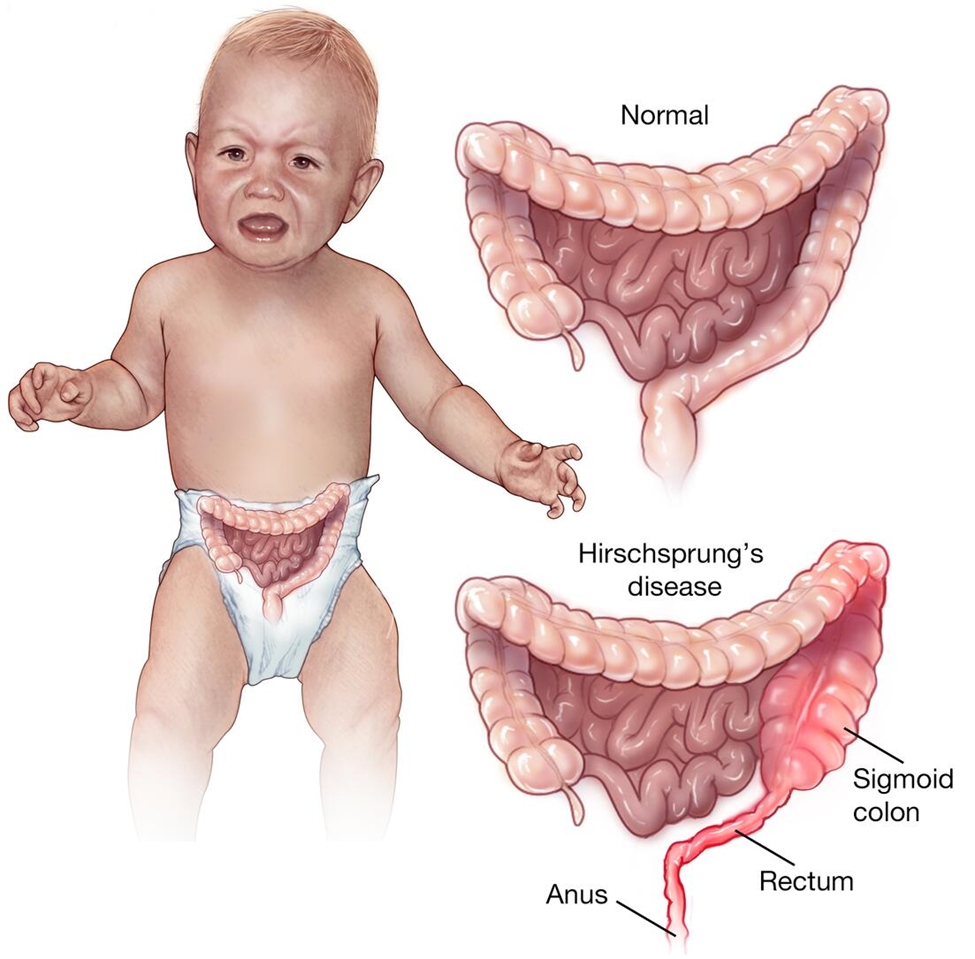A nurse is assisting with the care of a client who has partial-thickness and full-thickness burns to his upper torso and face. Which of the following actions should the nurse take to prevent infection?
Place new linen on the client's bed every other day.
Change gloves between sites when providing wound care to multiple wounds.
Change the dressing on infected wounds first.
Monitor vital signs every 4 hr.
The Correct Answer is B
A. Place new linen on the client's bed every other day: While changing linen regularly is important for maintaining cleanliness and preventing infection, waiting every other day may not be sufficient for a client with burns, especially if there is wound drainage or soiling. Linens should be changed more frequently, ideally daily or as needed, to ensure cleanliness and prevent the spread of infection.
B. Change gloves between sites when providing wound care to multiple wounds: This is a correct action. Changing gloves between sites when providing wound care helps prevent the spread of infection from one wound to another. It reduces the risk of cross-contamination and helps maintain a sterile environment during wound care procedures.
C. Change the dressing on infected wounds first: This is incorrect. Dressings on infected wounds should be changed promptly to prevent the spread of infection. However, changing the dressing on infected wounds first may lead to contamination of other wound sites if proper precautions are not taken. It's important to follow proper infection control procedures, including changing gloves between wound sites and using aseptic technique.
D. Monitor vital signs every 4 hr: Monitoring vital signs is important for assessing the client's overall condition, but it is not directly related to preventing infection. Vital signs may indicate signs of infection, such as fever or increased heart rate, but they do not prevent infection on their own. Other measures, such as wound care and infection control practices, are more directly related to preventing infection in clients with burns.
Nursing Test Bank
Naxlex Comprehensive Predictor Exams
Related Questions
Correct Answer is D
Explanation
A. Abdominal wall defect:
Failure to pass meconium within the first 24 hours after birth can indicate a potential obstruction in the gastrointestinal tract. While an abdominal wall defect could potentially cause gastrointestinal issues, it is not specifically associated with failure to pass meconium.
B. Celiac disease:
Celiac disease is an autoimmune disorder characterized by an abnormal immune response to gluten. While celiac disease can cause gastrointestinal symptoms, such as diarrhea and abdominal pain, it is not typically associated with failure to pass meconium in the newborn period.
C. Intussusception:
Intussusception occurs when one segment of the intestine telescopes into another, causing a bowel obstruction. While intussusception is a cause of bowel obstruction in infants, it typically presents with symptoms such as colicky abdominal pain, vomiting, and the passage of "currant jelly" stool, rather than failure to pass meconium.
D. Hirschsprung disease:
Hirschsprung disease is a congenital condition characterized by the absence of ganglion cells in the distal portion of the colon, leading to functional obstruction. Failure to pass meconium within the first 24 hours after birth is a classic sign of Hirschsprung disease. This condition requires surgical intervention to remove the affected portion of the colon and restore normal bowel function.

Correct Answer is B
Explanation
A. Place new linen on the client's bed every other day: While changing linen regularly is important for maintaining cleanliness and preventing infection, waiting every other day may not be sufficient for a client with burns, especially if there is wound drainage or soiling. Linens should be changed more frequently, ideally daily or as needed, to ensure cleanliness and prevent the spread of infection.
B. Change gloves between sites when providing wound care to multiple wounds: This is a correct action. Changing gloves between sites when providing wound care helps prevent the spread of infection from one wound to another. It reduces the risk of cross-contamination and helps maintain a sterile environment during wound care procedures.
C. Change the dressing on infected wounds first: This is incorrect. Dressings on infected wounds should be changed promptly to prevent the spread of infection. However, changing the dressing on infected wounds first may lead to contamination of other wound sites if proper precautions are not taken. It's important to follow proper infection control procedures, including changing gloves between wound sites and using aseptic technique.
D. Monitor vital signs every 4 hr: Monitoring vital signs is important for assessing the client's overall condition, but it is not directly related to preventing infection. Vital signs may indicate signs of infection, such as fever or increased heart rate, but they do not prevent infection on their own. Other measures, such as wound care and infection control practices, are more directly related to preventing infection in clients with burns.
Whether you are a student looking to ace your exams or a practicing nurse seeking to enhance your expertise , our nursing education contents will empower you with the confidence and competence to make a difference in the lives of patients and become a respected leader in the healthcare field.
Visit Naxlex, invest in your future and unlock endless possibilities with our unparalleled nursing education contents today
Report Wrong Answer on the Current Question
Do you disagree with the answer? If yes, what is your expected answer? Explain.
Kindly be descriptive with the issue you are facing.
